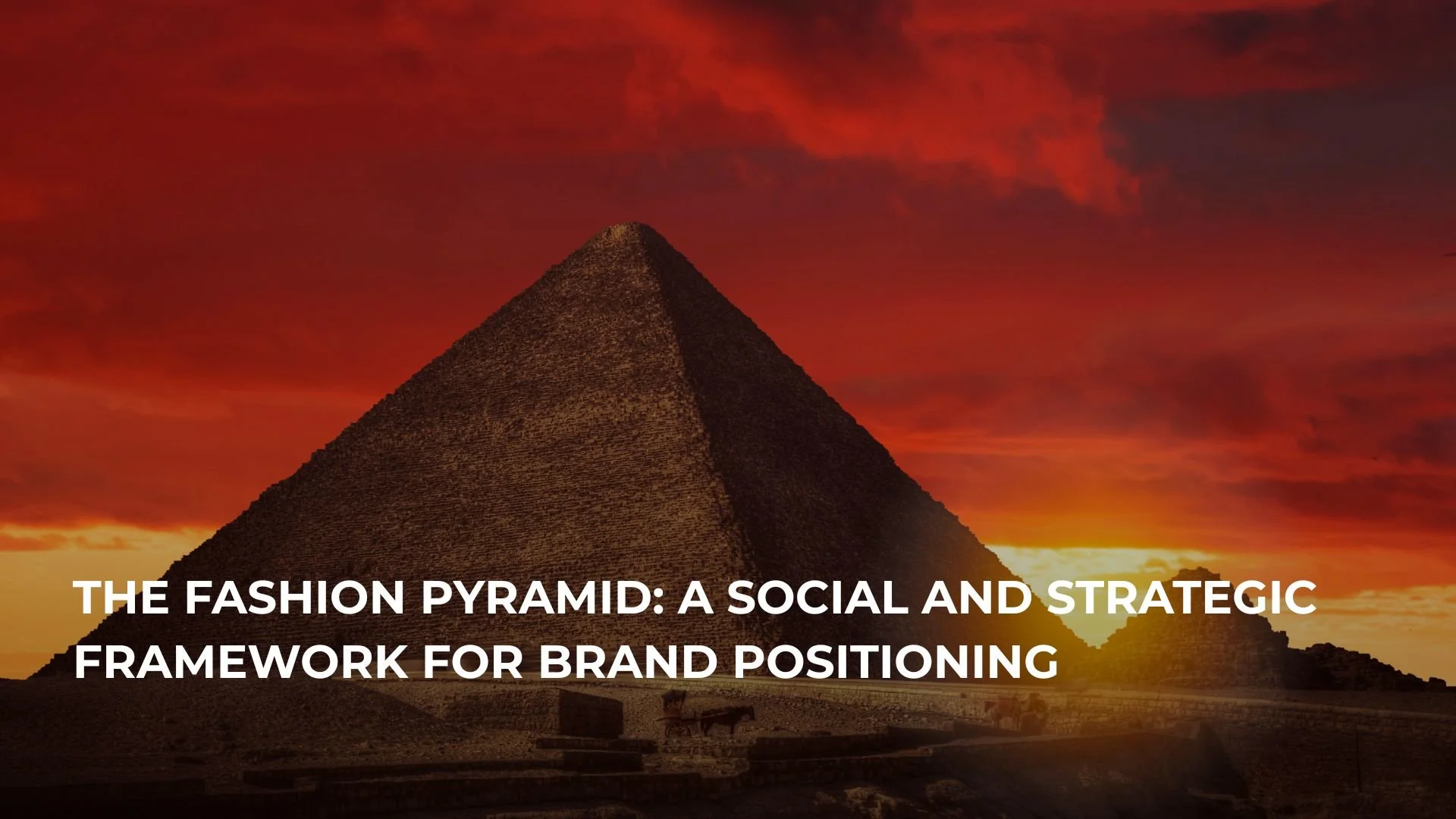How I Built a Manufacturing Company Without External Investors: From €500 to €1.5M
and Rebuilt After Losing It to War
In an industry often dependent on investor backing and rapid scale, building a profitable manufacturing business without external capital may seem improbable. But that’s exactly what I did.
Starting with just €500 in 2016, I grew a direct-to-consumer leather goods brand into a sustainable B2B manufacturing company with global clientele and a valuation of €1.5 million—without raising a single euro from outside investors.
This is a story of resilience, reinvention, and building not one, but two factories across two countries. Entirely independently.
From Custom-Made to B2B Manufacturing
The journey began in 2016 with a direct-to-consumer leather goods label. Working with local artisans and sourcing premium materials, I launched with minimal capital but a clear ambition: to build a brand grounded in craftsmanship and long-term value.
By 2018, demand had grown enough to justify opening a small production workshop in the city centre. With a team of three, we focused on made-to-order pieces and a "slow fashion" model. The goal was to become the Ukrainian equivalent of Hermès. Not in brand power, but in production ethos. We succeeded.
Our first 1,000 sales on Etsy came before we became a Top 1% seller in 2018.
The following year brought a wave of growth. Our Etsy shop gained traction, our website converted steadily, and our handmade model resonated with a discerning customer base.
But 2020 changed everything.
The COVID Pivot
When the pandemic hit, global e-commerce soared. But our business model faltered. Long-distance shipping and a made-to-order workflow no longer matched the urgency of consumer demand.
Stranded in Bali during the first lockdown, I had a decision to make: wait or pivot.
We pivoted.
I reorganised our Kyiv facility to meet new sanitary standards, added a B2B manufacturing arm, and taught myself SEO, PPC, and LinkedIn outreach. These tools proved pivotal for acquiring fashion and creative clients across the US, UK, EU, Canada, and Australia.
We invested in our first industrial sewing machine and hired specialised operators. Our reputation grew, and by the end of 2020, we had moved into a larger facility. One I once joked was “big enough to play football in.”
It didn’t stay empty for long.
Our new factory and department heads, captured while we were working on the Rafa Nadal project. [Watch the case study]
€1.5M Valuation and a Critical Decision
By 2021, we had a 15-member production team and a growing international client base. The company was valued at €1.5 million, based on a formal offer from investors.
Working on the project for Voight by Valentina. The bags were made from grape “leather” and sold out within 10 minutes of launch.
They wanted to help us expand our client outreach, specifically for the sustainable segment of the business. The goal was to position us as a manufacturer specialising in innovative materials, with the ability to produce them sustainably.
We entered negotiations.
And then, everything changed again.
War, Relocation, and Rebuilding From Scratch
Our factory was located in an area still under constant bombing. The radio tower, just a short walk away, was struck in the first days of the full-scale war. It was one of the earliest attacks on civilian infrastructure in Kyiv. More images here.
Despite being registered in the UK, our production remained in Kyiv. The Russian invasion in February 2022 made manufacturing in Ukraine impossible overnight.
Clients withdrew orders. Cash flow halted. But we had prepared multiple exit strategies and were able to activate one of them immediately. It was the hardest decision of my life. One option I considered was staying and sewing for the Ukrainian army, but with no cash, no internal clients, and constant life-threatening conditions for the team, it would have meant bankruptcy.
I deeply admire all Ukrainian entrepreneurs who are still operating there.
By early 2023, we re-established production in Spain, in a region long associated with leather craftsmanship. Simultaneously, I completed an MBA in Madrid and resumed conversations with investors.
Again, I chose to stay independent.
Rebuilding a second factory came at a cost: burnout, clinical depression, and ongoing health issues. But the lessons gained were invaluable.
Our new factory in Spain.
What I Learned from Building Two Factories
Adapt to the local context. What works in one country may not translate to another.
Don’t copy. Even your own model. Each phase of growth requires different systems.
Know when to let go. People, processes, and past wins can become roadblocks.
Build from identity. Your business must reflect who you are, not what the market expects.
Today, my business operates on a decentralised model: small internal teams working closely with a network of highly specialised suppliers across Europe, along with production partners based in Spain. We are positioned as a European outsource manufacturer of ethical, sustainable, custom bags and accessories. From traditional Italian leather to groundbreaking vegan alternatives like Piñatex® and recycled canvas.
A New Chapter: Fashion Brand Advisor
After nearly a decade in fashion manufacturing, I’ve channelled my experience into a new mission: helping fashion entrepreneurs build businesses that are strategic, profitable, and investor-ready — on equal terms.
Whether you're launching, scaling, or restructuring, I help founders develop tailored business plans, growth roadmaps, and operational systems that work in the real world—not just on paper.
If you're seeking clarity, strategy, and results, Fashion Brand Advisor is built for you.









